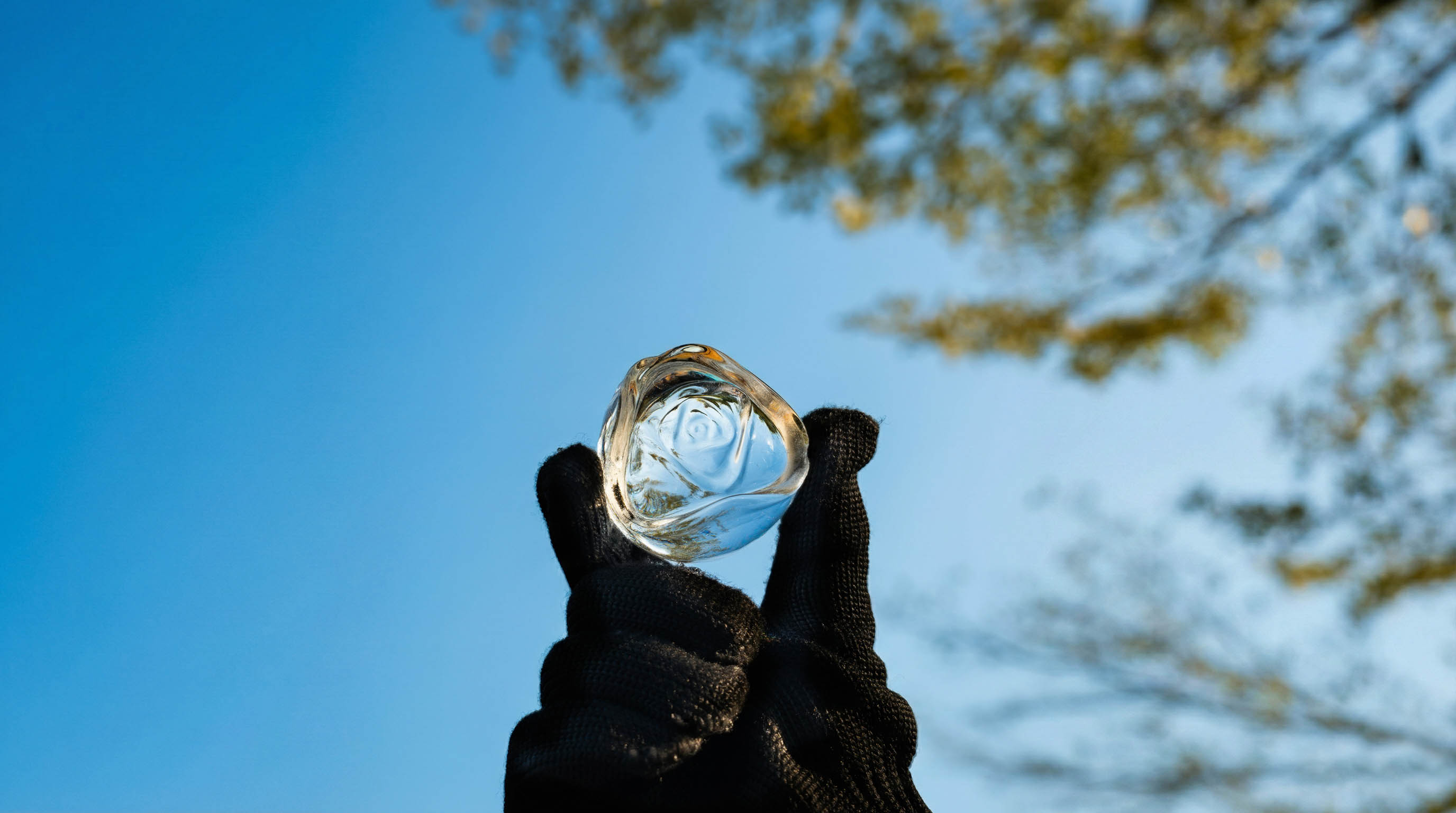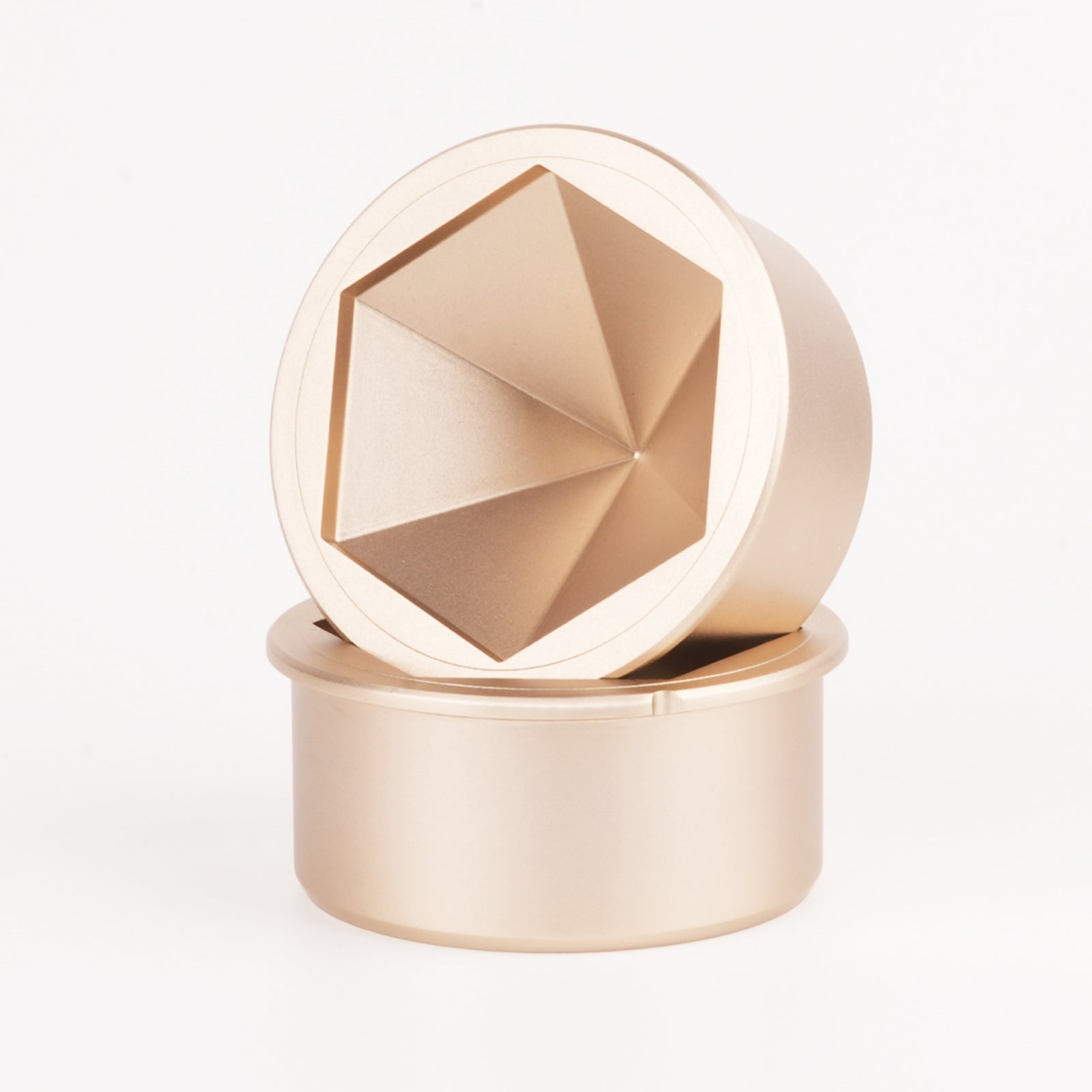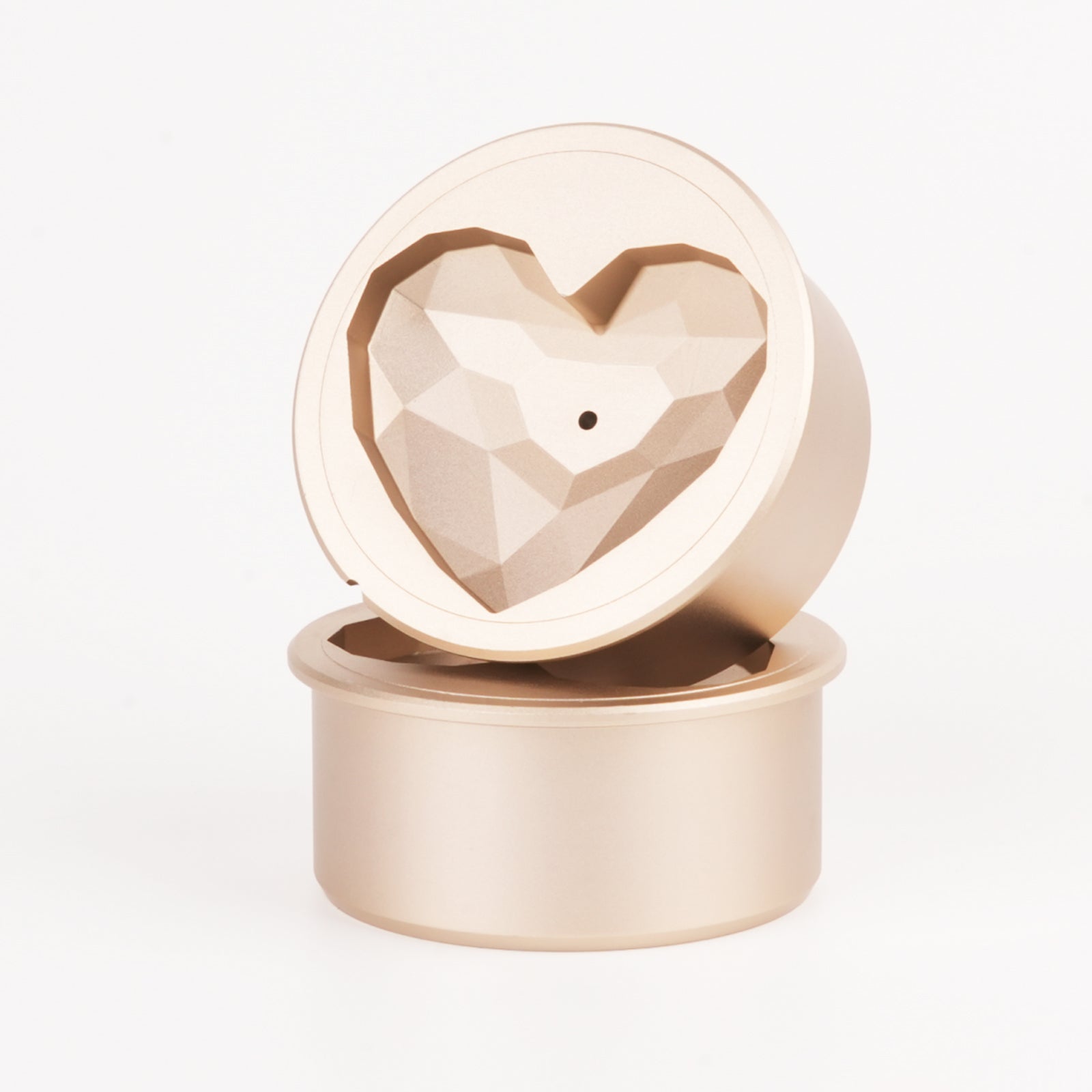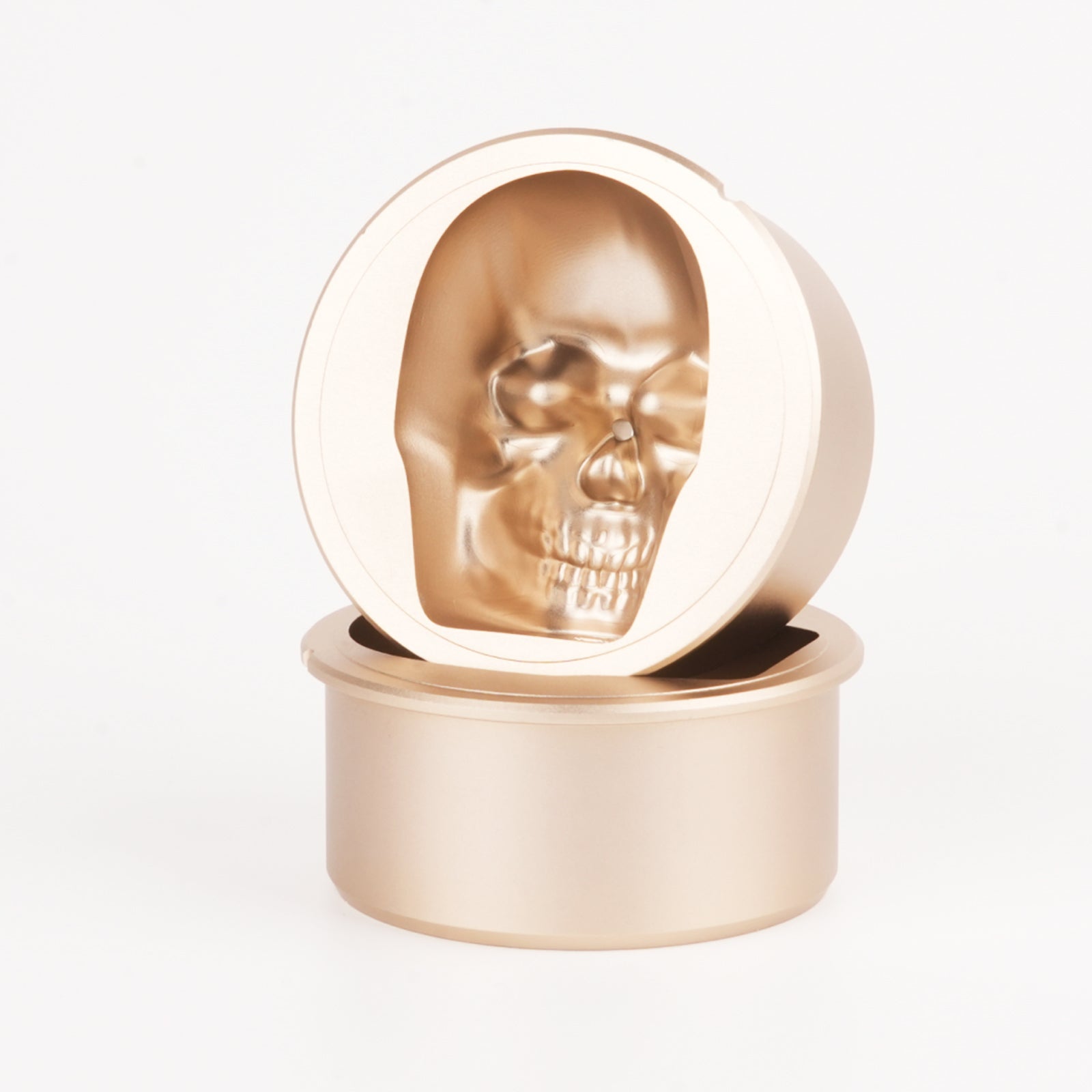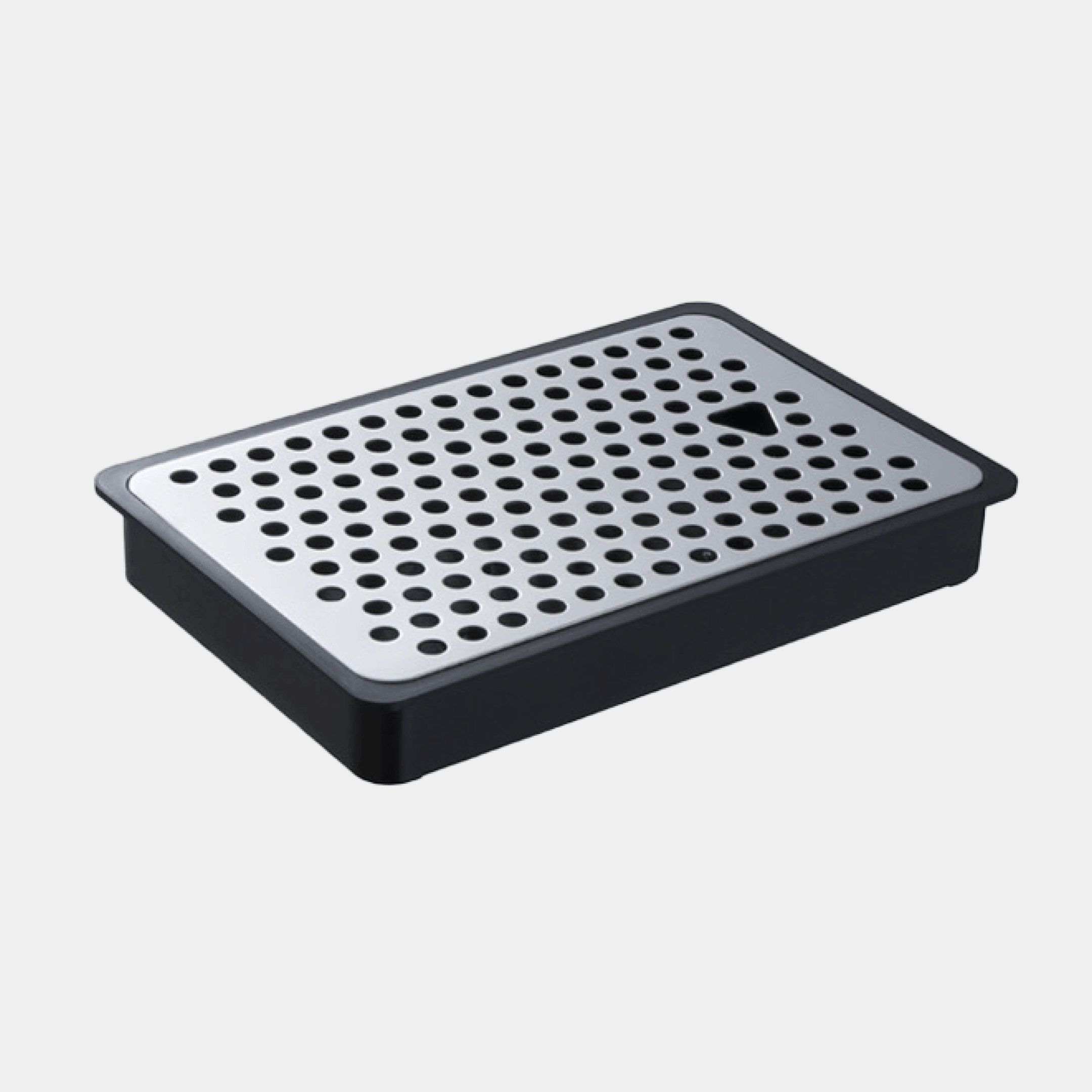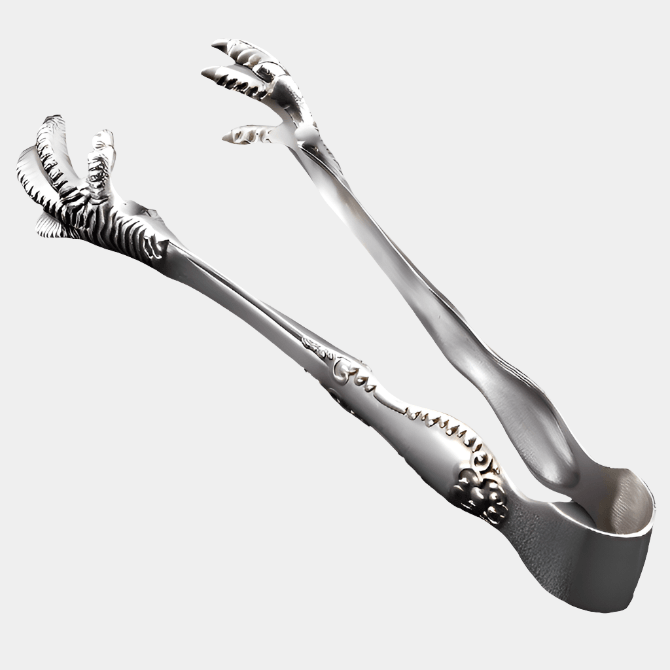Behind every great innovation lies a story woven from countless details, tests, and decisions. For our project on heated ice press with interchangeable inserts, this narrative begins with meticulously selecting and validating its core component—the heating module. This initial step is crucial for ensuring the product's success. This blog post delves into the verification process we undertook to prepare for the MVP, ensuring the reliability and practicality of our core technology and how this process has laid a solid foundation for further development.
Heating Module Selection and Testing
In the project's early stages, to mitigate the risks associated with product development, our primary challenge was selecting a technology that could heat ice quickly while ensuring the heating process was safe and uniform. This decision-making process involved extensive market research and technical comparisons, eventually narrowing our focus to several potential heating technologies.
We formed a dedicated technical team to conduct in-depth tests on these technologies. Each was rigorously evaluated on a small-scale prototype we built, with test parameters including heating efficiency, energy consumption, safety, and user convenience. Through repeated experiments and data analysis, we chose a solution that provided rapid and uniform heating.

Schematic diagram of heating method

The heater prototype

The diamond ice we made (Verification done)
See, It works with the heating method. This progress encourages us a lot for the further R&D.
Wiring Design Decisions: Internal v.s. External
After the heating module's testing and selection phase, we faced another critical question in design: how to arrange the product's wiring in a way that was both aesthetic and operational? We considered two main wiring methods: internal and external. If we go with the outside way, we will choose a flat wire that may connect to both sides of the ice mold and limit the position between the two molds. But can reduce the size of this ice press. If we go with the inside method, the size of this ice press will be more prominent, and the upper mold will not be removed. In exchange, the product's integration is enhanced.
One afternoon, we gathered, each sharing our thoughts in front of a whiteboard. Some team members favored internal wiring, believing it offered better wire protection and maintained the ice press's integrity. Others argued that separating the top and bottom parts of the ice press would facilitate cleaning and insert changes despite external wiring's potentially lesser aesthetic appeal.
After thorough team discussions and multiple experimental validations, we decided on external wiring. This decision was based on long-term use and maintenance convenience, and we designed a solution that protected the wires without significantly impacting the product's appearance.

External wiring mockup
Furthermore, we discussed about the necessity of physical switches, water tanks, and different locking mechanisms.
Our heated ice press project has successfully taken its first step through careful verification of key components and design decisions. The Key component verification process validated our technological choices and provided a solid foundation for further product development and optimization, offering valuable data support and lessons learned. We will adhere to this rigorous development approach as the project progresses, ensuring our product meets market needs and delivers an exceptional user experience.
This is just the beginning of our innovation journey. In future blog posts, we will share more about the challenges, solutions, and stories from our team's product development process. Thank you for your interest and support. Let's look forward to and witness the birth of this revolutionary product together.

